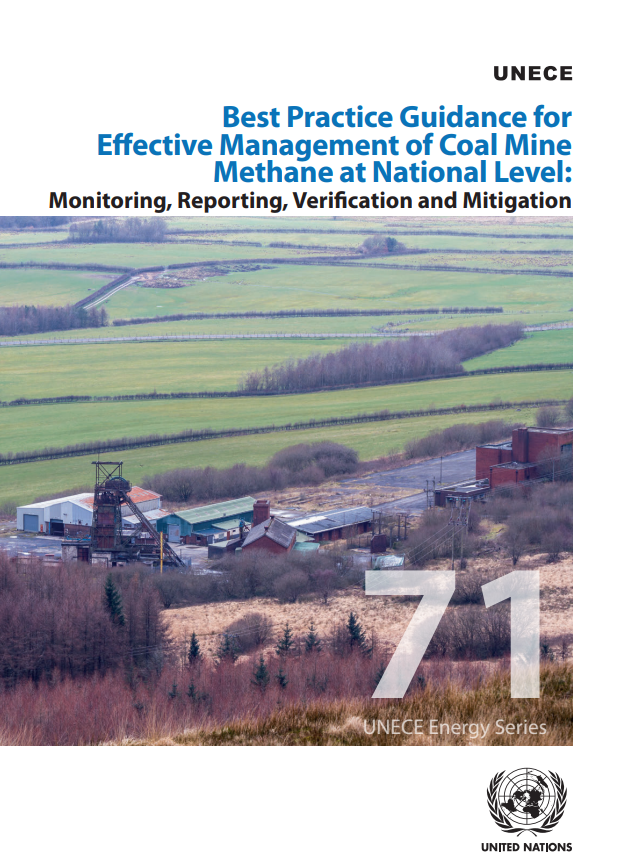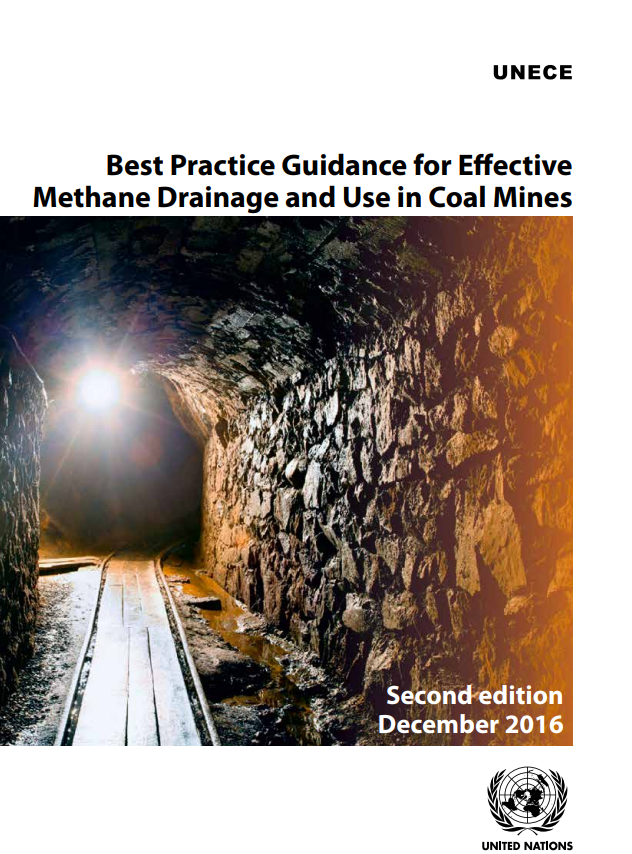Report
Best Practice Guidance for Effective Management of Coal Mine Methane at National Level: Monitoring, reporting, verification and mitigation
Reducing methane emissions is one of the most cost-effective options for limiting the impact of the energy sector on climate. However, it is impossible to design and implement effective methane policies without access to detailed and reliable data on the scale and sources of the emissions.
National monitoring, reporting and verification (MRV) programmes not only help countries better understand the contribution of coal mining to their overall CH4 and GHG emissions, but also identify opportunities for mitigation, ranging from identifying prospective locations for coal mine methane (CMM), abandoned mine methane (AMM) and surface mine methane (SMM) mitigation projects to informing policy design.
The focus of this document is monitoring, reporting and verifying emissions from working and abandoned mines, and it applies to both underground and surface coal mines. More attention is given to underground mines because they are believed to be a larger emission source due to their depth, generally higher gas contents and higher rates of multi-seam disturbance in high production longwalls.
Underground mines are also more conducive to mitigation. Additionally, more practical experience exists with monitoring and mitigating CH4 from underground coal mines
Stay Informed and Engaged
Subscribe to the Just Energy Transition in Coal Regions Knowledge Hub Newsletter
Receive updates on just energy transition news, insights, knowledge, and events directly in your inbox.



